On August 18, a large stream of solar plasma reached the Earth, which was created by the merger of coronal mass ejections on the Sun. The flow of solar particles led to the G2 geomagnetic storm, and it in turn caused bright auroras. According to the Daily Mail, such auroras were photographed from the ISS by American astronaut Robert Hines.
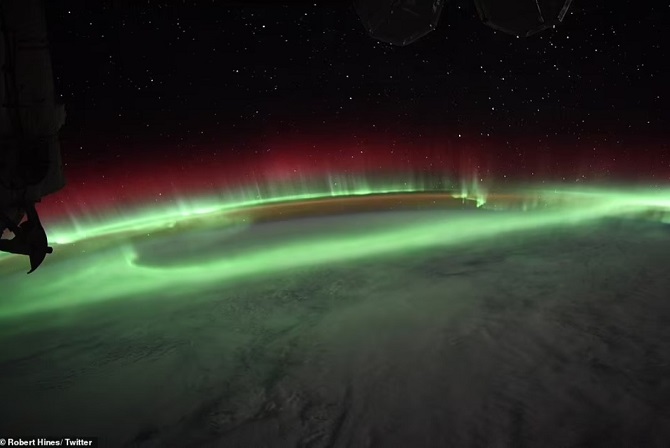
He took photographs from a special station module called the Dome. There are seven portholes, which allows you to observe the Earth, space and astronauts who go beyond the ISS from it.
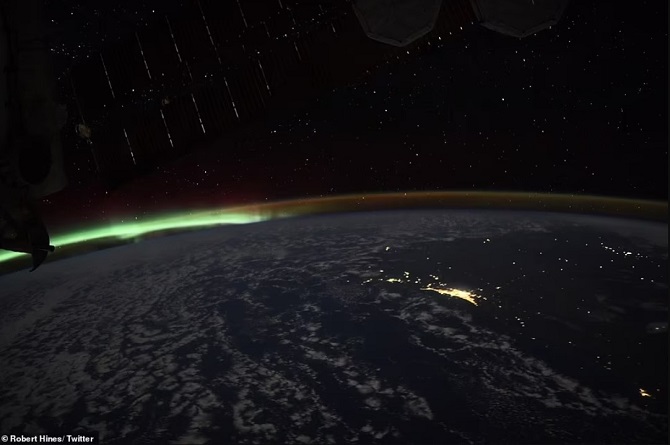
As commented by Robert Hines, these images were obtained thanks to the activity of the Sun. And the spectacle itself was unforgettable.
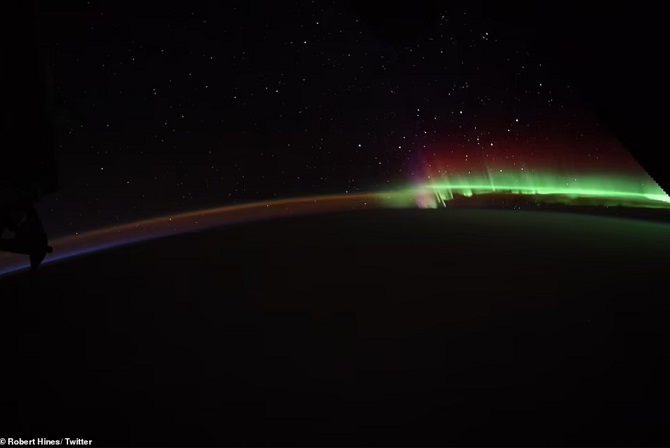
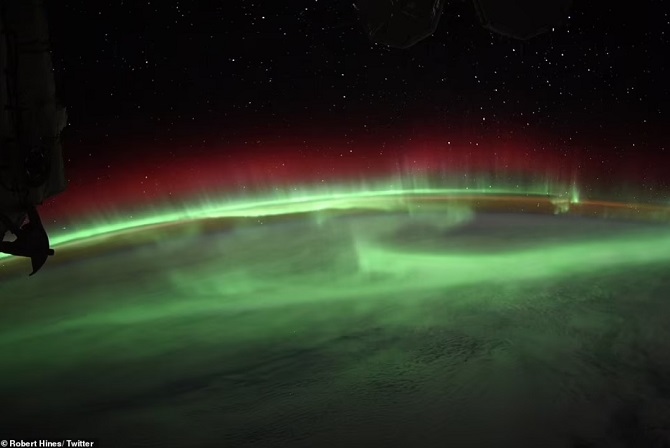
Aurora Borealis can also be seen from Earth. They occur when solar particles collide with gas molecules in our planet’s atmosphere. They can be seen in Alaska, Canada, Iceland, Greenland, Norway, Sweden and Finland, from the southern coasts of Australia and New Zealand. But during strong geomagnetic storms, such auroras can be observed in atypical regions. But they are best seen from space.
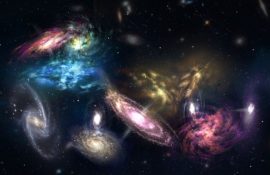
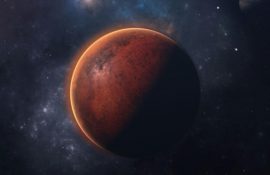
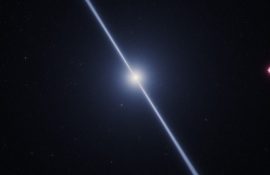

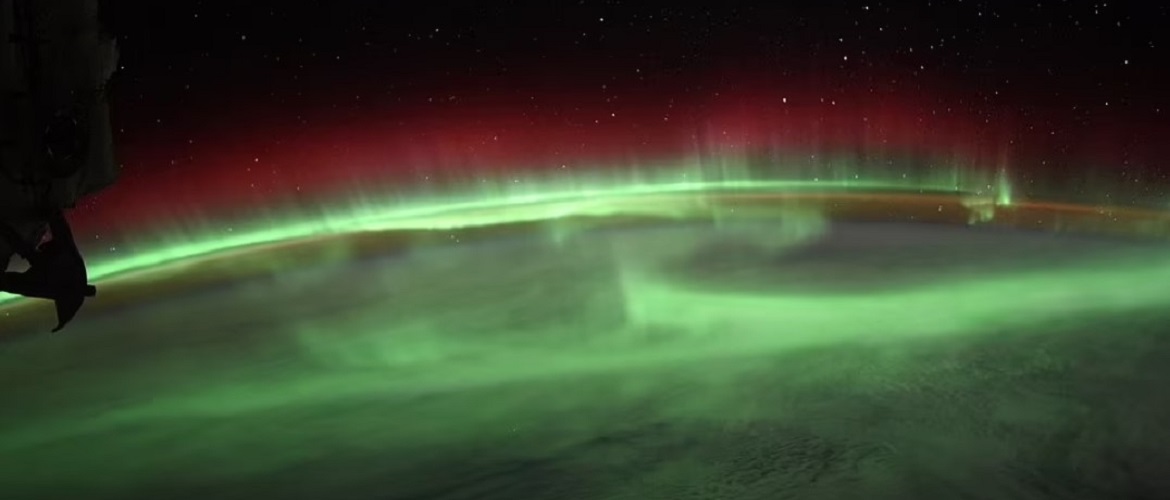
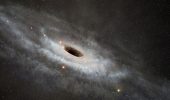
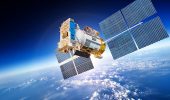
Only registered users can leave comments